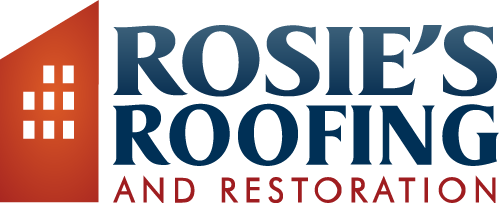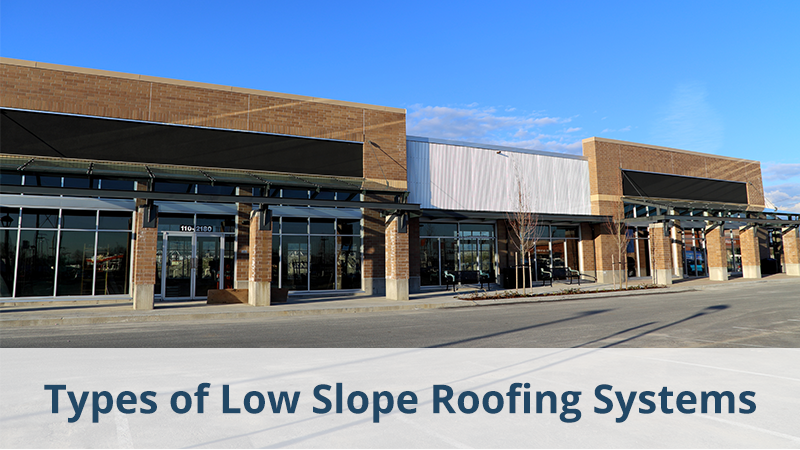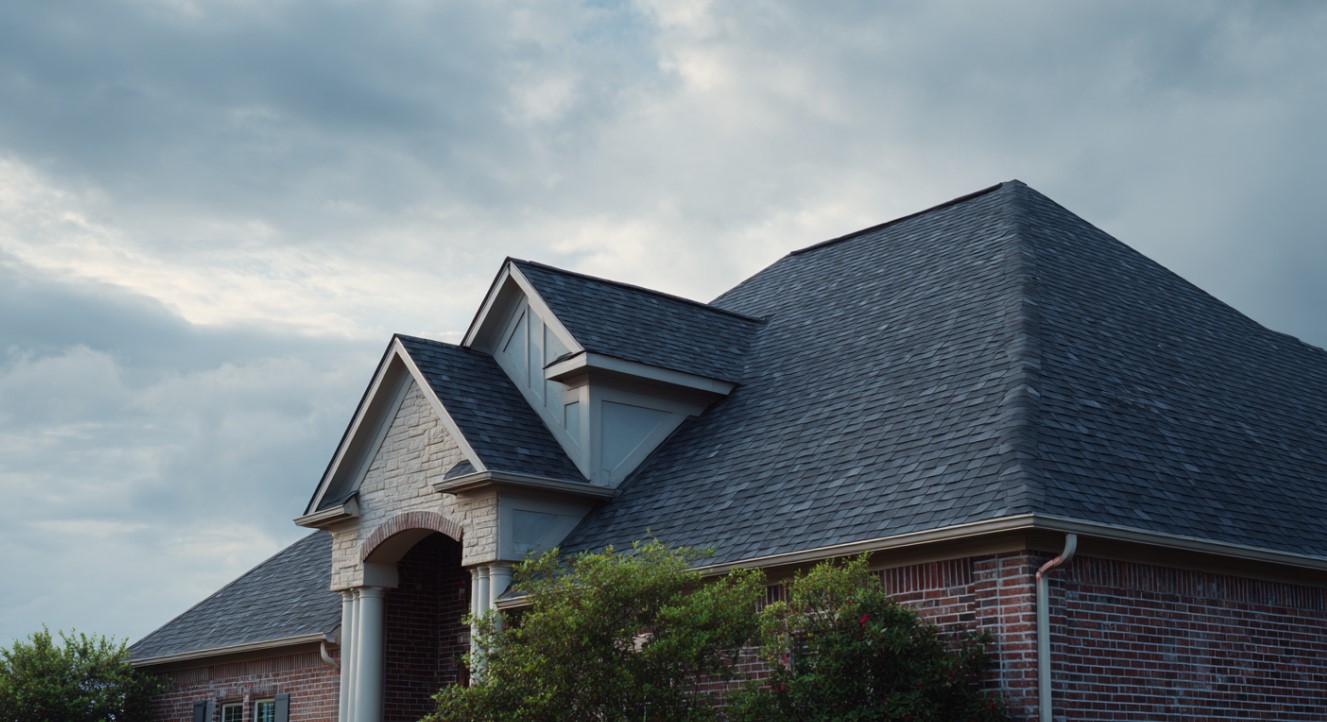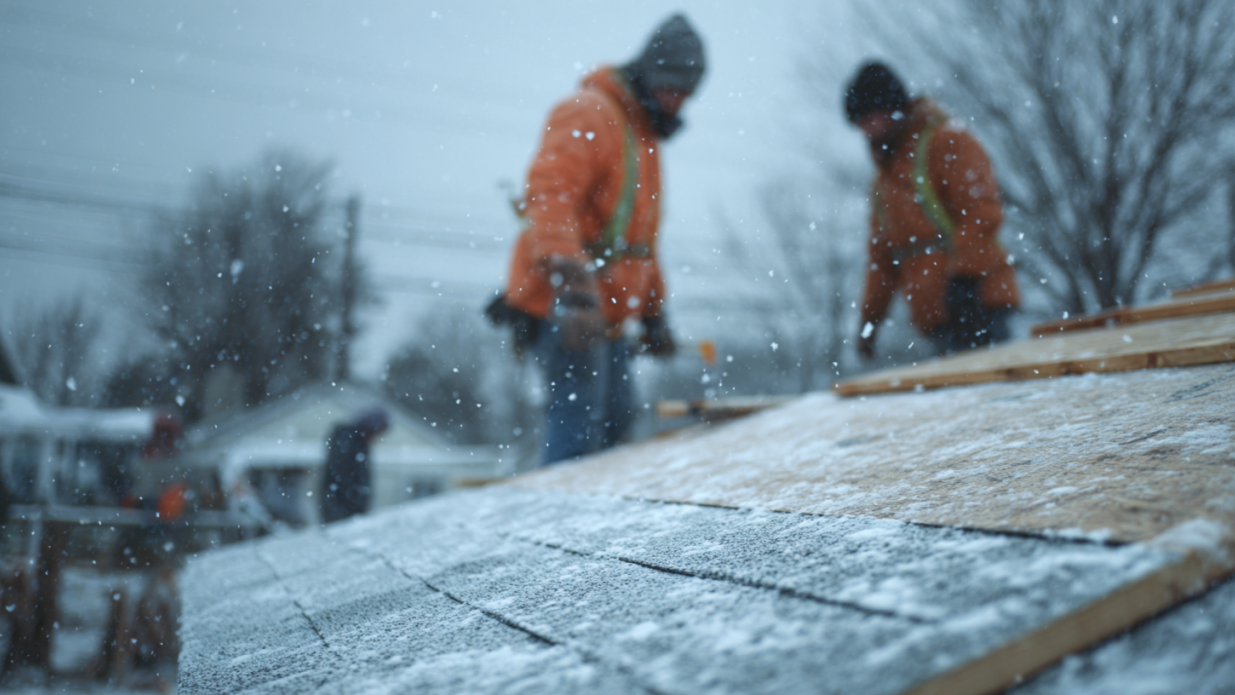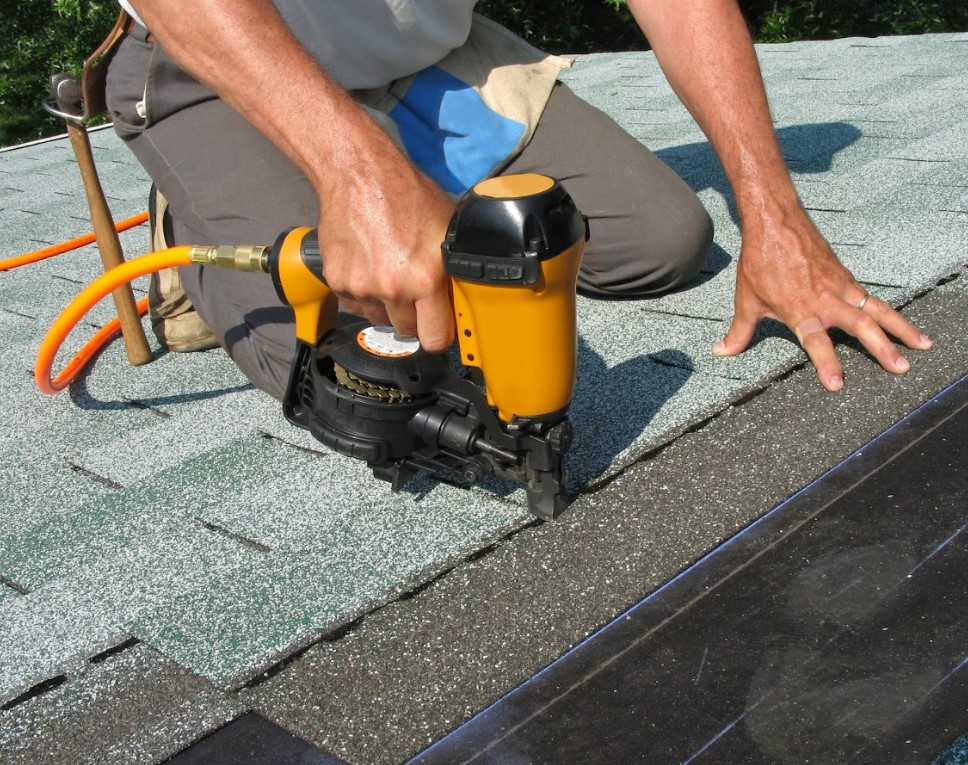Low slope roofs, sometimes called flat roofs, are a popular option for many commercial buildings. These roofs are not completely flat; they have a minimum slope of one-fourth inch vertical to twelve inches horizontal. This allows water to drain, even though the slope is often undetectable to the naked eye. Because a low slope roofing system cannot always control the flow of water, the entire roof must be sheathed in a watertight membrane that extends all the way to the edge.
There are many types of low slope roofs and material options to choose from. The right roof for your building depends on your climate, the size of your roof, and your budget.
Single Ply Roofing
These roofs are crafted in factories, where all conditions can be carefully controlled. Once completed, the roof is installed as one single membrane. Thermoplastics are a popular option and are heat welded together. They are often white in color, which helps them reflect heat and earn high Energy Star scores. Polyvinyl chloride (PVC) sheets are a type of thermoplastic roofing. PVC sheets are often reinforced with glass fiber or polyester, and contain stabilizers and plasticizers to help them stay flexible. Ethylene propylene diene monomer (EPDM) is another type of single ply roofing. These membranes are a synthetic rubber material that is resilient, strong, and able to withstand high temperatures. EPDM roofing material comes in sheets that must be adhered at the seams. They can also be mechanically attached or ballasted.
Built-up Roofing
Built-up roofing is made of alternating layers of special reinforcing fabric and bitumen, which is a type of asphalt. While built-up roofing has been in use for more than 100 years, technological advancements have vastly improved the available materials and manufacturing standards. Most types of built-up roofing consist of ply sheets, bitumen material, and surfacing materials. The bitumen can be applied in a “hot,” or liquid state, or “cold,” which is more like an adhesive. Some options can be sprayed on or applied with a squeegee. Ply sheets are often reinforced with fiberglass or materials from organic sources. These sheets are applied over a level of bitumen, which acts to bond the ply sheets to the roof. The top layer can be made of fine gravel, small stones, or other small materials.
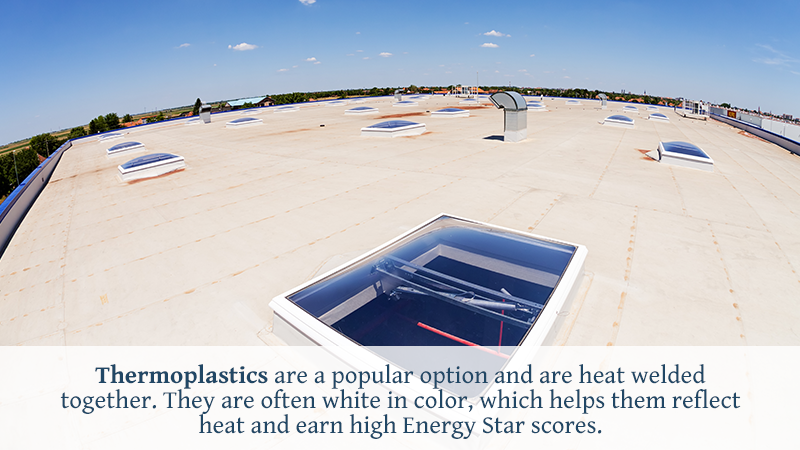
Ballasted roofing is a type of built-up roof that has larger stones in the outermost layer. With this type of roofing, the lower layers do not need to be adhered or fastened to the underlying structural materials because the weight of the surface layer will keep the roofing materials in place.
When it comes to choosing the right roof for your building, there is no substitute for working with a skilled professional. The team at Rosie’s Roofing, a professional roofing company in Atlanta can help you create a workable plan for your new roof. Call today to schedule your consultation.
